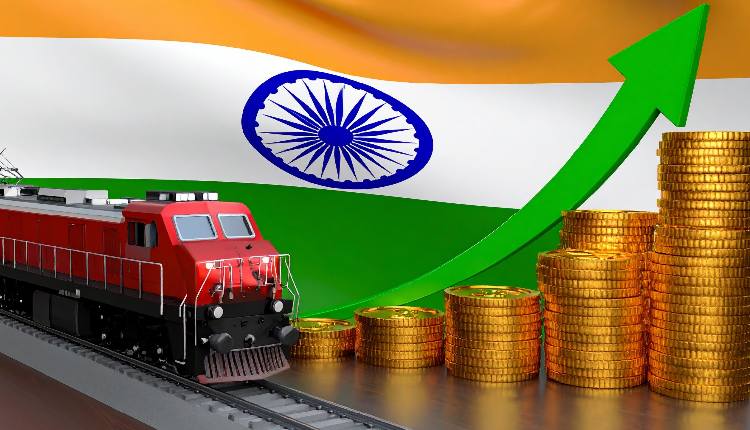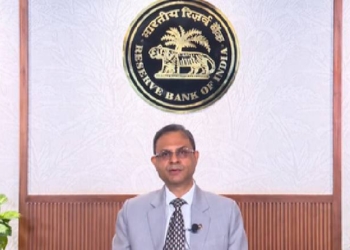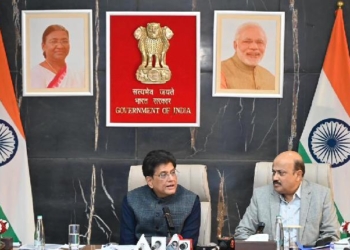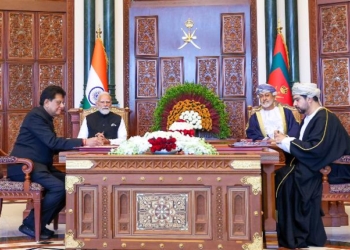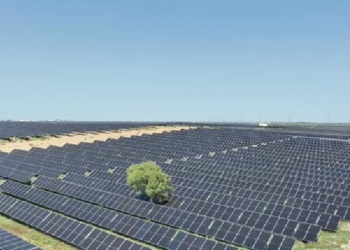New Delhi: India has undergone a profound transformation in the three pillars of national security – food security, energy security, and defence security over the last 10 years, driven by a clear vision in policymaking, strategic investments, and rapid technological adoption, according to an article in India Narrative.
The country has emerged as the second-largest producer of rice and wheat, and the largest producer of pulses and sugar. Foodgrain output surged from 256.4 million tonnes in 2015–16 to 315.72 million tonnes in 2021–22, representing a near 60 million tonne increase over a decade.
This achievement has been anchored in a multipronged approach: improved irrigation, mechanisation, high-yield seed varieties, and farmer-focused welfare schemes.
Key schemes bolstering this effort include the PM-KISAN scheme, which gives direct income support to over 110 million farmers, the MGNREGA rural employment security that indirectly strengthens purchasing power for food, as well as the Soil Health Card Scheme and PM Krishi Sinchayee Yojana, which target sustainable soil and water management.
India’s agricultural exports – from shrimp to spices – have reinforced not only national income but also regional food supply stability, making it a reliable contributor to global markets.
The article highlights the rapid transformation in the country’s energy security since 2014, when millions of Indians still lacked basic electricity. However, by April 2018, India declared 100 per cent village electrification, connecting over 28 million households. Rural and urban electrification programmes such as DDUGJY and SAUBHAGYA closed long-standing access gaps, while the Ujjwala Yojana replaced smoky chulhas with LPG connections for low-income households.
As of June 2025, India’s installed power capacity stands at 476 GW, with renewables contributing 47.7 per cent – a seismic shift from around 16 per cent in 2015.
Solar power has seen an extraordinary leap, from 9 GW in 2016 to 110.9 GW in 2025, positioning India third globally in solar capacity. Wind energy, too, has expanded to 51.3 GW, ranking fourth worldwide.
Power shortages, which were a chronic drag on industry, have fallen from 4.2 per cent in 2013–14 to 0.1 per cent in 2024–25. Energy diversification, alongside strategic oil reserves and overseas asset acquisitions, has cushioned India from supply shocks.
India’s defence transformation has also been marked by a decisive move towards self-reliance under the Aatmanirbhar Bharat framework. Indigenous missile programmes – Agni, Prithvi, and BrahMos (the world’s fastest cruise missile) – have enhanced deterrence. INS Arihant, the first nuclear-powered ballistic missile submarine, has strengthened India’s nuclear triad.
Recent innovations include the Pralay tactical missile with high-precision, quick-deployment capability and the Agni Prime missile, which has been upgraded into a long-range strike weapon.
Defence Industrial Corridors in Tamil Nadu and Uttar Pradesh have attracted Rs 20,000 crore in commitments, with Tamil Nadu alone drawing Rs 11,794 crore by 2024. This ecosystem has fuelled record defence exports to over 100 countries, a dramatic rise from serving just around 20 nations a decade ago.
Besides, Indian forces are adopting AI-powered battlefield systems, smart armour, exoskeletons, and AR-enabled tactical gear.
The success of Operation Sindoor against Pakistan showcased the effectiveness of indigenous platforms – Akash missile systems, BrahMos, Tejas fighter jets, and LCH Prachand helicopters. Cross-border security has improved, with a notable decline in insurgency incidents, the article added.
(IANS)




